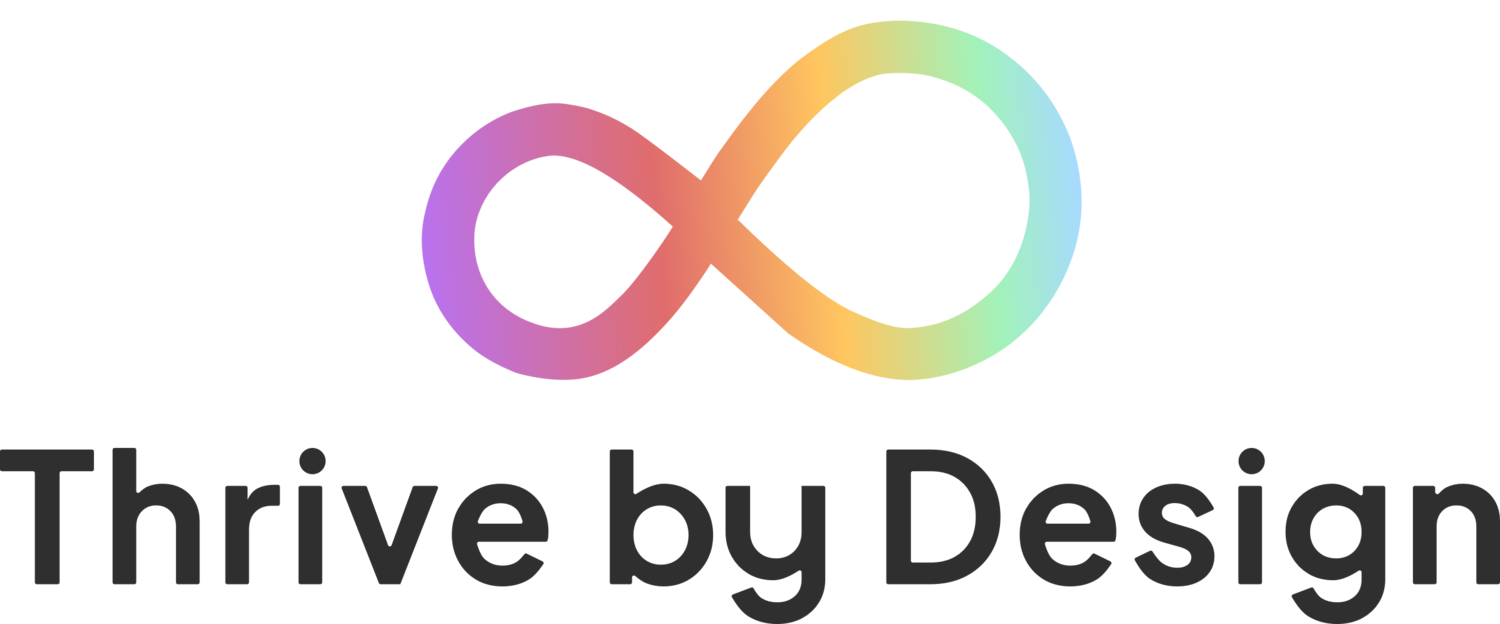Digital Health Inequity
Inclusive Digital Transformation Week is an initiative we are running from Monday 07 to Friday 11 March. The aim of the week is to facilitate the sharing of our assets, learning and stories to inspire change and help embed inclusive digital transformation.
Our emphasis on tackling inequalities was driven by the pandemic and what was happening in the world around us, and a commitment to the principles of the NHS enshrined in the NHS constitution; ‘a comprehensive services available to all’. As the pandemic took a hold and health and care services and wider society went ‘online’, the ‘digital divide’ became stark and it was clear that pre-existing health inequalities were being exacerbated by both COVID-19 and digital exclusion. Our concern was that the over 10 million people who are not able to easily use digital and who are likely to be in the groups (e.g. older, living with disabilities, living in poverty) that most need health and care services were being left out and left behind in many different aspects of life. We have tried to capture this social challenge in our digital health equity animation.
We have produced an animation to explore digital health inequity and how we can start to tackle it.
Real Stories of Digital Health Inequity
Abed
“Abed is a refugee who has a phone but not much data. Abed is currently homeless but has been put in a hotel due to COVID, has limited digital skills and speaks English as second language.
Has a mobility problem, a mental health condition, is prone to depression and has PTSD.
Abed is very concerned about his weight loss since he's been living in the hotel and wants to gain weight. He needs to be able to navigate government services, job search and communicate with his family and friends.”
Carol
“Carol is registered blind and relies on technology to help her navigate a number of public services.
Carol has found that GP websites are not consistent enough to know where things are. E-consult is embedded in the sites through a widget that screen readers can’t identify.
Sometimes Carol will receive a text message with a link and be advised to ‘take a picture’ of the problem.”
Jim
“Jim is an older person, lives alone and doesn't know where to start with technology. Has no smart device, no access to the internet and no skills and confidence and wants to see his GP face to face.
Has COPD, Type 2 Diabetes, and a heart condition. He got given a leaflet by the nurse about a website with useful information about diabetes but has no idea what to do with it.
He likes to go to the local community centre.”
Tackling digital health inequity
As evidenced above, our research shows that there are a complex set of interrelated factors and barriers of digital health inequity which, in an uncertain and turbulent world, can change over time for people and systems.
We have grouped the factors into three categories and framed these as questions which we can consider for each of the real stories that we have shared:
What is happening in my life?
What is my current digital capability?
How inclusive are the health and care services I need?
This is a complex and deep rooted issue and it is also an urgent one to tackle. Our research suggests local systems can start by going where the energy is, starting somewhere and starting now.
We will continue to explore digital health inequity and invite you to join us on that journey.
Join nearly 300 people from a diverse range of backgrounds and places on our Inclusive Digital Transformation Challenge community on FutureNHS.
To find out more about our work email us on info@thrivebydesign.org and follow us on Twitter @TweetsByThrive.

